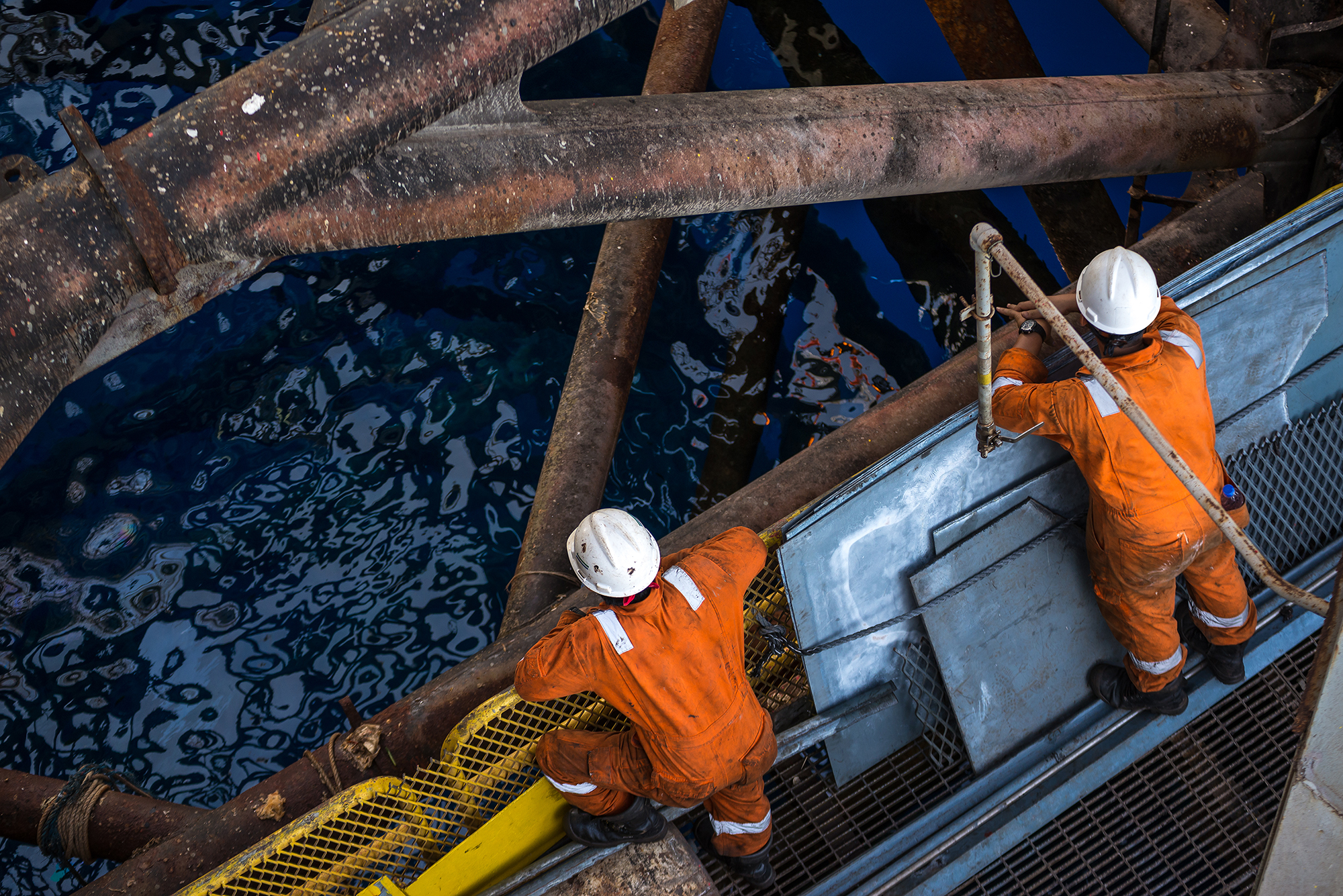
Publication
Insurance newsletter
Riportiamo di seguito le ultime novità in materia di diritto assicurativo.


United States | Publication | luglio 2021
In Q2 2021, the Commissioners of the Occupational Safety and Health Review Commission released only one final decision further to a Petition for Discretionary Review.
In Maxim Crane Works, an employee of this crane rental company suffered a fall-related injury, which he sustained while disassembling a crane in his employer’s maintenance yard. OSHA issued to Maxim a two-item serious citation with a total proposed penalty of $25,350, which was affirmed following a hearing before an Administrative Law Judge.
On review, only one item was at issue: whether there had been a violation of 29 C.F.R. § 1910.28(b)(1)(i), which requires fall protection on walking-working surfaces with an unprotected side or edge that is four feet or more above a lower level. The Commissioners affirmed this citation, finding that although the crane in question was ultimately destined for construction work, the workplace accident occurred at a time when the general industry standard applied, and not the construction industry standard (the construction standard – 29 C.F.R. § 1926.1423(f) – requires fall protection for crane disassembly work starting at an elevation of 15 feet).
In deciding that construction work was not involved at the time of the accident, the Commissioners applied a two-step test developed in the 6th Circuit, asking whether “a nexus between the work and the construction site” existed and, if so, whether “the work in question was “integral and necessary” to construction work by considering the nature of the tasks performed and the employer’s primary function.”
On the first question, the Commissioners said “no,” holding that it was only appropriate to consider the work Maxim was performing at the time of the violation. Since this involved crane disassembly entirely in Maxim’s yard, it was decided that there was not a direct connection between the work being done and the construction site where the crane was destined to be used.
As the Commissioners’ decision suggests, the result may have been different if the incident had occurred at a construction site or if it involved work that occurred as part of an active construction project (e.g. if the accident had occurred while the crane was being assembled or disassembled at the construction site).
Under the second prong of the test, the Commissioners held that the Secretary of Labor had also demonstrated that Maxim’s work was not an “integral and necessary” part of construction work. While conceding that in other circumstances, disassembling a crane could be considered construction work, the Commissioners opined that this would not be so when the work was “ancillary to and in aid of [an employer’s] primary non-construction function.” The Commissioners reasoned as follows:
Maxim also advanced a number of ancillary arguments, which the Commissioners disposed of on the basis that non-construction work was involved at the time of the accident and that the Commission does not have jurisdiction to extend the application of the construction standard to crane disassembly taking place outside of a construction site.
Maxim stated that it will be seeking judicial review of this decision.

Publication
Riportiamo di seguito le ultime novità in materia di diritto assicurativo.
Publication
Con l’ordinanza n. 30392 del 18 novembre 2025, la Cassazione ha ribadito che la valutazione prognostica compiuta dal giudice di merito sul probabile esito dell’azione giudiziale omessa dall’avvocato è, di regola, una valutazione di merito e non è sindacabile in sede di legittimità. Tale giudizio, infatti, attiene al nesso di causalità tra l’attività non svolta e il possibile risultato favorevole per il cliente.
Publication
Il 25 novembre 2025 IVASS ha emanato il Provvedimento n. 163, che introduce modifiche ai Regolamenti n. 40 e n. 41 del 2018. Si tratta di un passo importante per completare il quadro normativo sul nuovo sistema di risoluzione stragiudiziale delle controversie assicurative, l’Arbitro Assicurativo, operativo dal 7 ottobre scorso.
Subscribe and stay up to date with the latest legal news, information and events . . .
© Norton Rose Fulbright LLP 2025